Ravenna’s UNESCO World Heritage Sites: A Complete Guide
Ravenna, a charming city in Italy’s Emilia-Romagna region, is a treasure trove of history, culture, and art. Known for its stunning mosaics and rich historical heritage, Ravenna has eight UNESCO World Heritage Sites that tell the story of its past glory. This guide will take you through these remarkable sites, offering insights and tips to make your visit unforgettable.
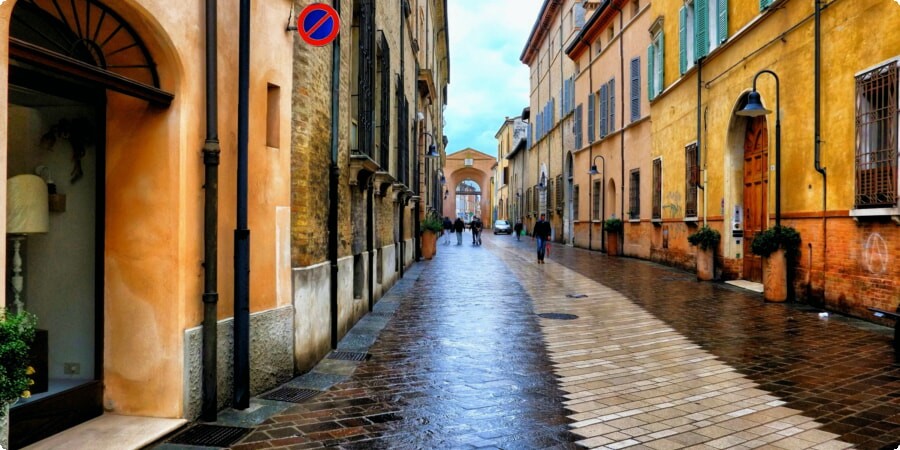
Historical Context
Ravenna's historical significance is immense. Once the capital of the Western Roman Empire, it later became a major center of the Byzantine Empire in Italy. This city played a crucial role in the transition from classical antiquity to the Middle Ages. Its unique blend of Roman and Byzantine architecture, combined with early Christian influences, makes Ravenna a must-visit for history enthusiasts.

Basilica of San Vitale
The Basilica of San Vitale, one of the most important examples of early Christian Byzantine art and architecture in Western Europe, is renowned for its stunning mosaics. Built in the 6th century, the basilica’s octagonal structure is both grand and intricate. Inside, visitors are greeted with vibrant mosaics that depict biblical scenes and figures, including the famous panels of Emperor Justinian and Empress Theodora. The detail and colors of these mosaics are simply breathtaking, making the basilica a highlight of any visit to Ravenna.
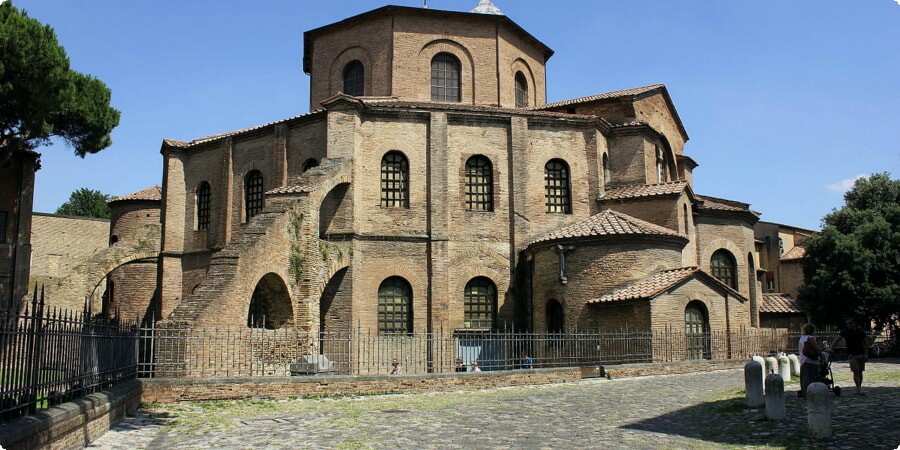
Explore the Basilica of San Vitale on Google Maps
More about the Basilica of San Vitale on Wikipedia
Mausoleum of Galla Placidia
Adjacent to the Basilica of San Vitale is the Mausoleum of Galla Placidia, built in the 5th century. Despite its modest exterior, the interior is adorned with some of the most exquisite mosaics in Ravenna. The ceiling mosaic, depicting a starry sky with a golden cross at the center, is particularly striking. This small but richly decorated mausoleum is a testament to the artistic prowess of the early Christian era.
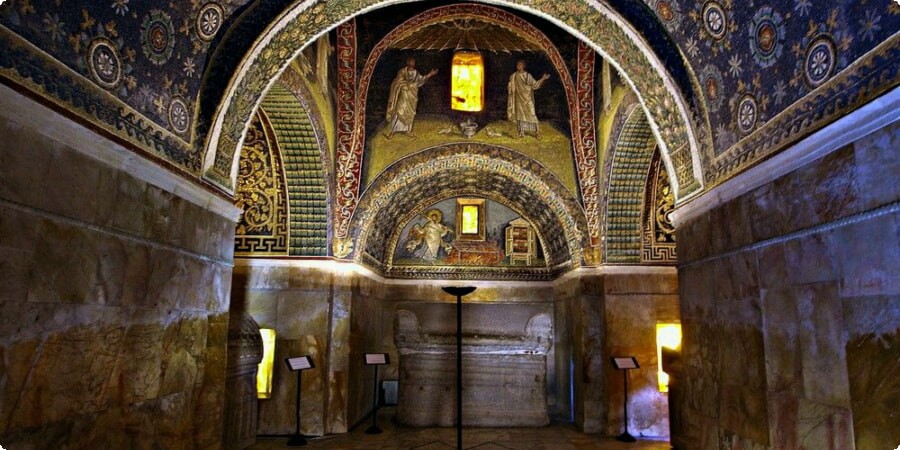
Discover the Mausoleum of Galla Placidia on Google Maps
Learn more about the Mausoleum of Galla Placidia on Wikipedia
Arian Baptistery
The Arian Baptistery, built by the Ostrogothic King Theodoric the Great in the late 5th or early 6th century, reflects the Arian Christian faith practiced by the Goths. The baptistery’s most notable feature is its dome mosaic, which depicts the baptism of Christ by John the Baptist. This mosaic is unique because it includes a personification of the River Jordan, which is depicted as an old man in a flowing green river. The Arian Baptistery offers a fascinating glimpse into the religious diversity of Ravenna during Theodoric's reign.
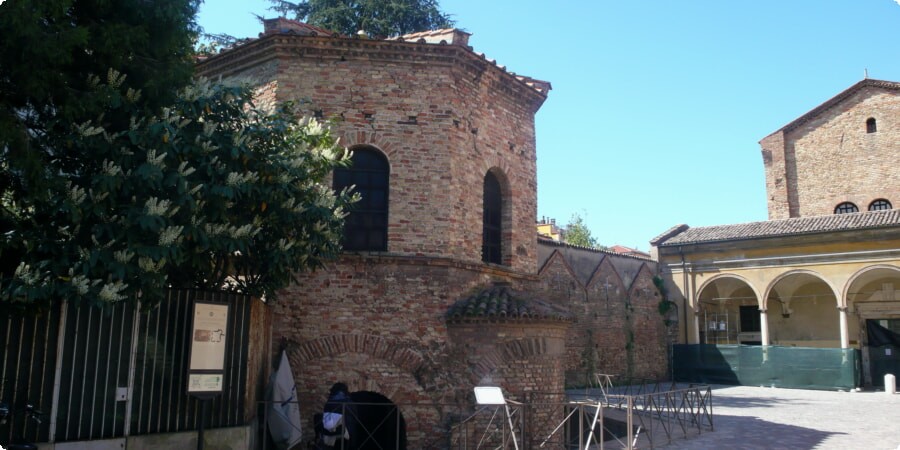
Visit the Arian Baptistery on Google Maps
More details about the Arian Baptistery on Wikipedia
Neonian Baptistery (Orthodox Baptistery)
The Neonian Baptistery, also known as the Orthodox Baptistery, is one of the oldest monuments in Ravenna. Built in the early 5th century, its octagonal structure is simple yet elegant. Inside, the dome mosaic depicts the baptism of Christ, surrounded by the apostles and scenes from the life of Christ. The rich iconography and the vibrant colors of the mosaics make it a significant site for understanding early Christian art.
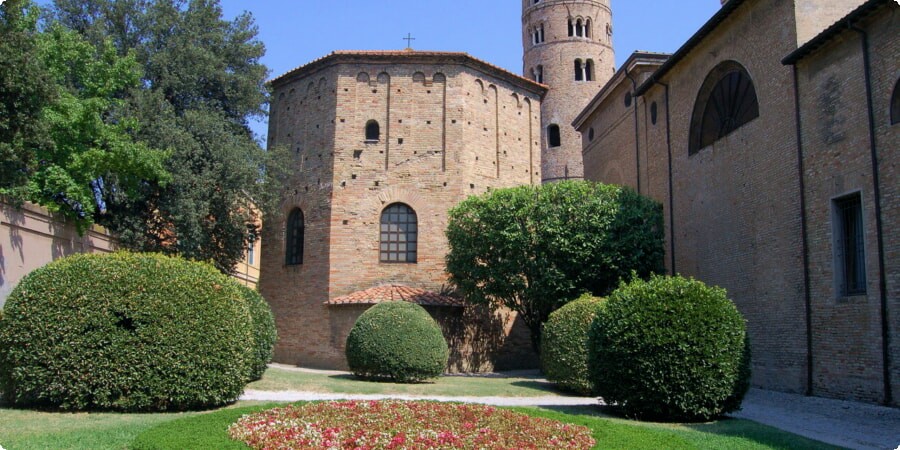
Explore the Neonian Baptistery on Google Maps
More about the Neonian Baptistery on Wikipedia
Basilica of Sant'Apollinare Nuovo
Originally an Arian church, the Basilica of Sant'Apollinare Nuovo was built by Theodoric the Great in the 6th century and later converted to an Orthodox Christian church. The basilica is famous for its extensive mosaics that line the walls of the nave. These mosaics depict scenes from the life of Christ, as well as processions of saints, and provide a vivid depiction of Ravenna’s religious history.
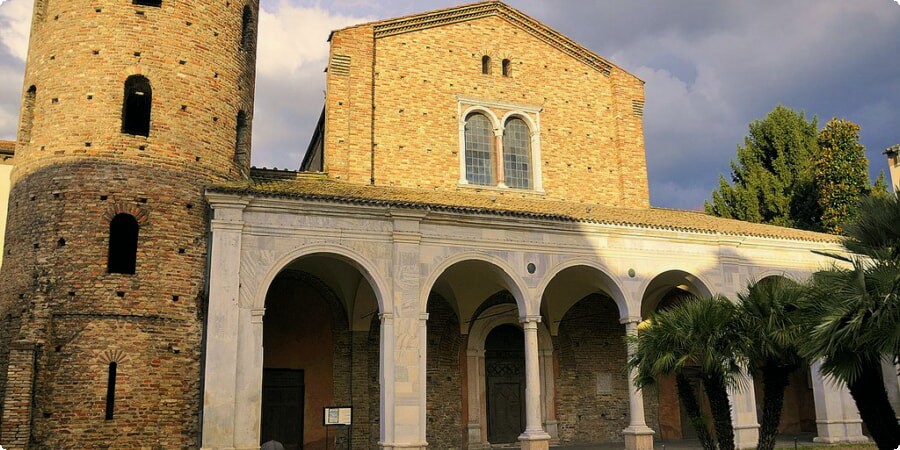
Visit the Basilica of Sant'Apollinare Nuovo on Google Maps
Learn more about the Basilica of Sant'Apollinare Nuovo on Wikipedia
Mausoleum of Theodoric
The Mausoleum of Theodoric, built in 520 AD, is an impressive structure that reflects the architectural style of the Ostrogoths. Constructed from massive blocks of Istrian stone, the mausoleum is topped with a huge monolithic dome. This structure is unique in its simplicity and solidity, providing a stark contrast to the ornate mosaics found in Ravenna’s other monuments. The mausoleum is an enduring symbol of Theodoric's legacy and power.

Discover the Mausoleum of Theodoric on Google Maps
More about the Mausoleum of Theodoric on Wikipedia
Basilica of Sant'Apollinare in Classe
Located just outside the city in the ancient port town of Classe, the Basilica of Sant'Apollinare in Classe is another jewel of Ravenna’s heritage. The basilica, dedicated to Saint Apollinaris, the first bishop of Ravenna, is renowned for its stunning apse mosaic, which depicts Saint Apollinaris among a serene landscape of trees and sheep, symbolizing paradise. The basilica’s serene setting and beautiful artwork make it a must-visit.
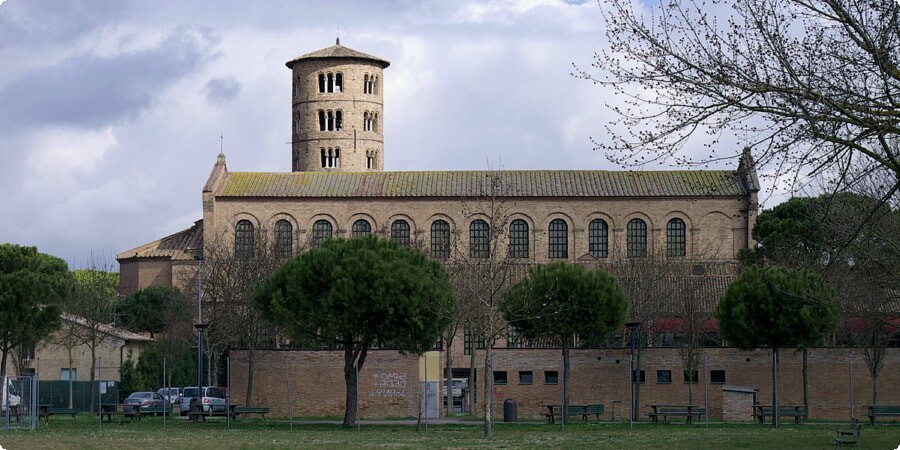
Visit the Basilica of Sant'Apollinare in Classe on Google Maps
Learn more about the Basilica of Sant'Apollinare in Classe on Wikipedia
Practical Information and Tips
Visiting Ravenna’s UNESCO World Heritage Sites can be a deeply enriching experience. Here are some practical tips to enhance your visit:
- How to Get There: Ravenna is well-connected by train from major Italian cities like Bologna and Florence. The closest airport is Bologna Guglielmo Marconi Airport, about 80 kilometers away.
- Best Times to Visit: Spring (April to June) and fall (September to October) offer the best weather and fewer crowds. Summer can be hot and busy, while winter is quieter but can be chilly.
- Tickets and Tours: Consider purchasing a combined ticket for multiple sites to save money and time. For a more in-depth experience, guided tours are available. For a variety of options, check out sightseeing tours in Ravenna.
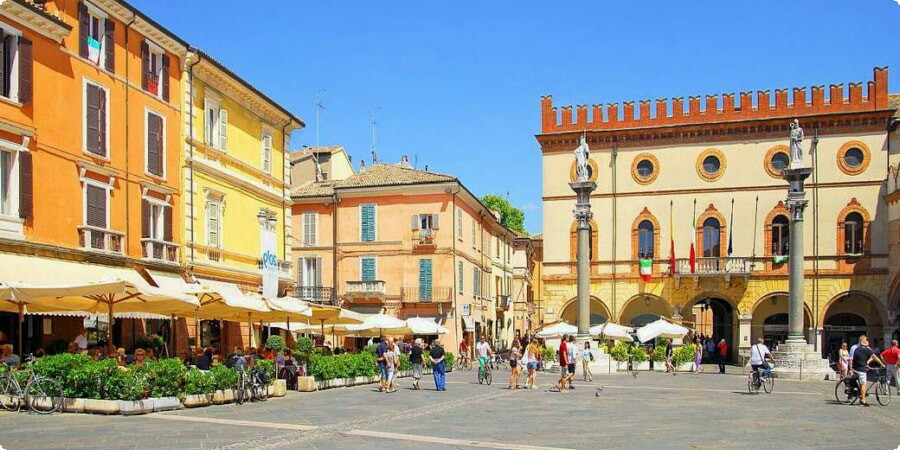
Local Insights and Experiences
Ravenna is not just about its UNESCO sites. To truly experience the city, take some time to explore its vibrant culture and delicious cuisine. Visit local markets, enjoy a meal at a traditional trattoria, and stroll through the picturesque streets. Additionally, Ravenna offers a variety of cultural and history tours, which can provide deeper insights into its rich heritage. For more options, explore culture and history tours in Ravenna.
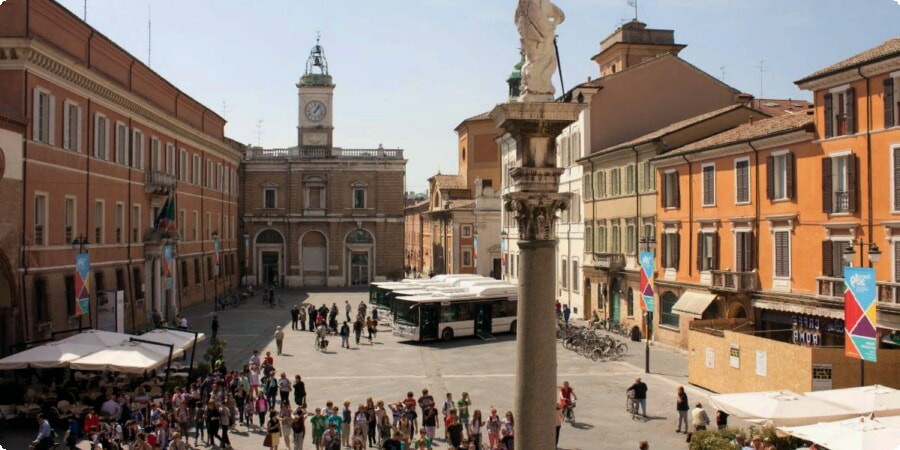
Whether you're wandering through the ancient streets, admiring the mosaics, or enjoying a quiet moment in a historic church, Ravenna’s unique charm and rich history will captivate you. Take your time to explore and savor everything this remarkable city has to offer.